- Shop Now
- Burncoose Specialities
- This Month
- Offers & Promotions
- RHS Chelsea Flower Show 2024
- 40 years at Burncoose
- Engage With Us
- Information, Help & Advice
- About Us & Our Services
- Terms & Conditions
- Log In / Register
HYDRANGEA
Commonly known as Hortensia
Colour-changing mopheads and lacecaps in shades of pink, white and blue from early summer to late autumn and delicate skeletons of flower through the winter.
Cones of white from paniculata and bronze and purple foliage from quercifolia.
Genus of 80 or more species of deciduous and evergreen shrubs and climbers. They originate from woodland in eastern Asia and North and South America.
The larger, showier flowers on flat, domed or conical flower heads are sterile, the smaller, fertile flowers are usually found in the centre. The climbers are suitable for a shady wall or fence and mature specimens provide shelter for insects.
Paniculata species attract insects as they have fertile flowers amongst the sterile ones.
-
Deciduous
-
Evergreen
-
Semi-evergreenKeeps some of its foliage all year, and will drop some leaves as well.
-
ClimberSome of these climbing plants will need trellis or wire supports if grown on walls or fences. Other grow aerial roots and are self-clinging
-
Medium shrubTypically grow to around 4-6 feet in height
-
Tall Shrub
-
Additional Features
 Good to knowIntroduced by Sir Joseph Banks from a Chinese garden. Originally named H. hortensis which gave rise to the old name 'Hortensia' . Now H. macrophylla (common hydrangea) is divided into 2 groups, Lacecaps and Hortensias(mopheads). Acid soils with a pH of less than 5.5 produce blue flowers; those above, pink. Neutral soils can be influenced by blueing compound. White flowers are not affected by pH value.
Good to knowIntroduced by Sir Joseph Banks from a Chinese garden. Originally named H. hortensis which gave rise to the old name 'Hortensia' . Now H. macrophylla (common hydrangea) is divided into 2 groups, Lacecaps and Hortensias(mopheads). Acid soils with a pH of less than 5.5 produce blue flowers; those above, pink. Neutral soils can be influenced by blueing compound. White flowers are not affected by pH value. Place of originEastern Asia, North and South America.
Place of originEastern Asia, North and South America. -
Burncoose SpecialitiesHydrangeas
-
Soil ConditionsNeutral to acid soilAcid soils will produce blue/purpleNeutral to alkaline soilAlkaline will produce pink/red flowers.
-
Toxic - Category C
 Harmful if eaten(People & Pets)
Harmful if eaten(People & Pets) May cause skin allergy(People & Pets)
May cause skin allergy(People & Pets)
- Hydrangeas for everyone!
- Quick tour of hydrangea stocked - Video Tip ondemand_video
- Soil & Feeding
- Pruning Hydrangeas
- Pruning Hydrangeas - Video Tip ondemand_video
- Hydrangeas, keeping them blue - Video Tip ondemand_video
- Propagation
- Drying Flower Heads
- Drying hydrangea flower heads - Video Tip ondemand_video
- Popular Mopheads & Lacecaps
- Hydrangeas and other plants
- Further Reading
Buy Varieties of HYDRANGEA
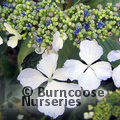
HYDRANGEA 'Tricolor'
Lacecap - variegated

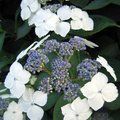
HYDRANGEA 'Veitchii'
Lacecap - large free-flowering white
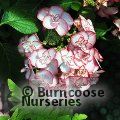
HYDRANGEA 'Yulika'
Lacecap bicoloured red and white, in striking contrast. Petals large and double. This was an RHS Plant of the Year Award finalist for 2024
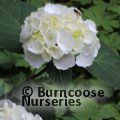
HYDRANGEA 'Zebra'
(syn. Black Steel). White mophead with near black stems

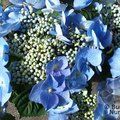
HYDRANGEA 'Zorro'
Lacecap - blue flowering hydrangea which flowers right through the summer and has characteristically dark stems

HYDRANGEA obtusifolia
(syn. Decumaria sinensis) - Slightly scented cream to yellow flowers


HYDRANGEA arborescens 'Annabelle'
very large creamy-white flowerheads
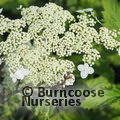
HYDRANGEA arborescens 'Emerald Lace'
dainty white flower heads. Serrated leaves
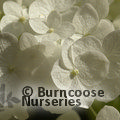
HYDRANGEA arborescens 'Incrediball'
(syn. 'Strong Annabelle') - similar to 'Annabelle' but with even larger flowers
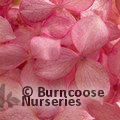
HYDRANGEA arborescens 'Invincibelle Spirit'
similar to 'Annabelle' but with smaller pink flowers

HYDRANGEA arborescens 'Sweet Annabelle'
large flower heads of raspberry pink.
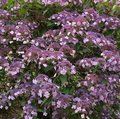
HYDRANGEA aspera Villosa group
Violet-purple

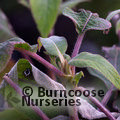
HYDRANGEA aspera 'Anthony Bullivant'
Lacecap - dark flowered form with globe-like lilac blossoms surrounded by pink florets
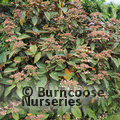
HYDRANGEA aspera Hot Chocolate
Lacecap - chocolate brown foliage and soft pink lacecap flowers
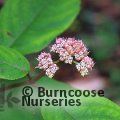
HYDRANGEA aspera Kawakamii Group
deep violet fertile flowers and white or pink ray florets. Late season flowering
Useful extras...
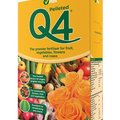
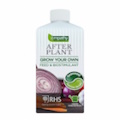
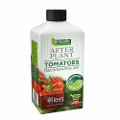
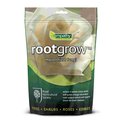
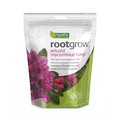
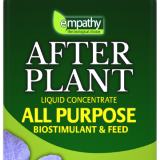


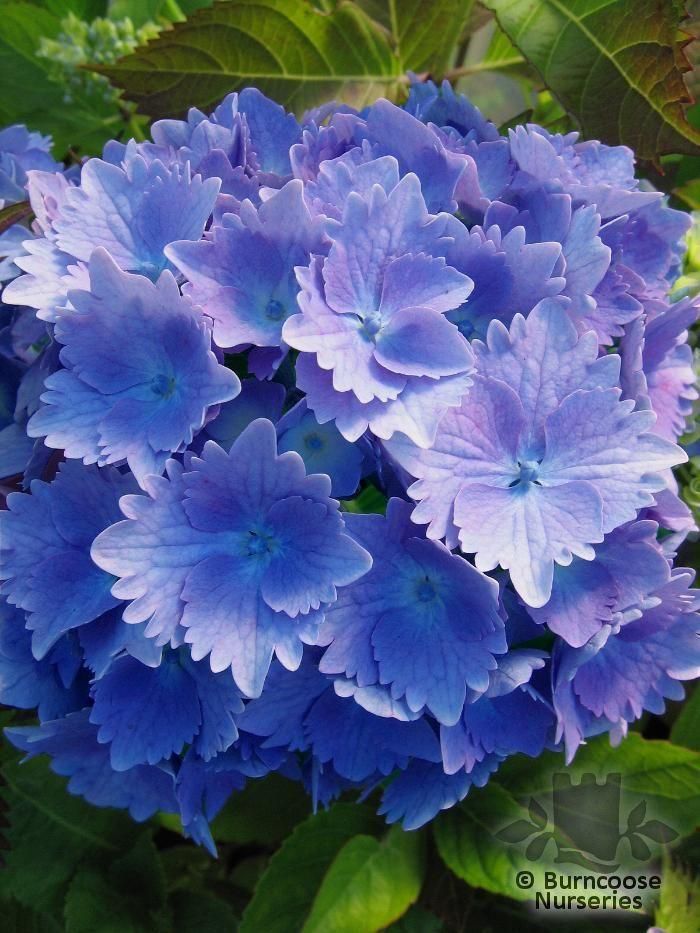

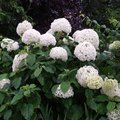

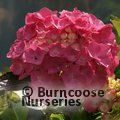


 Gift-wrapping available
Gift-wrapping available




